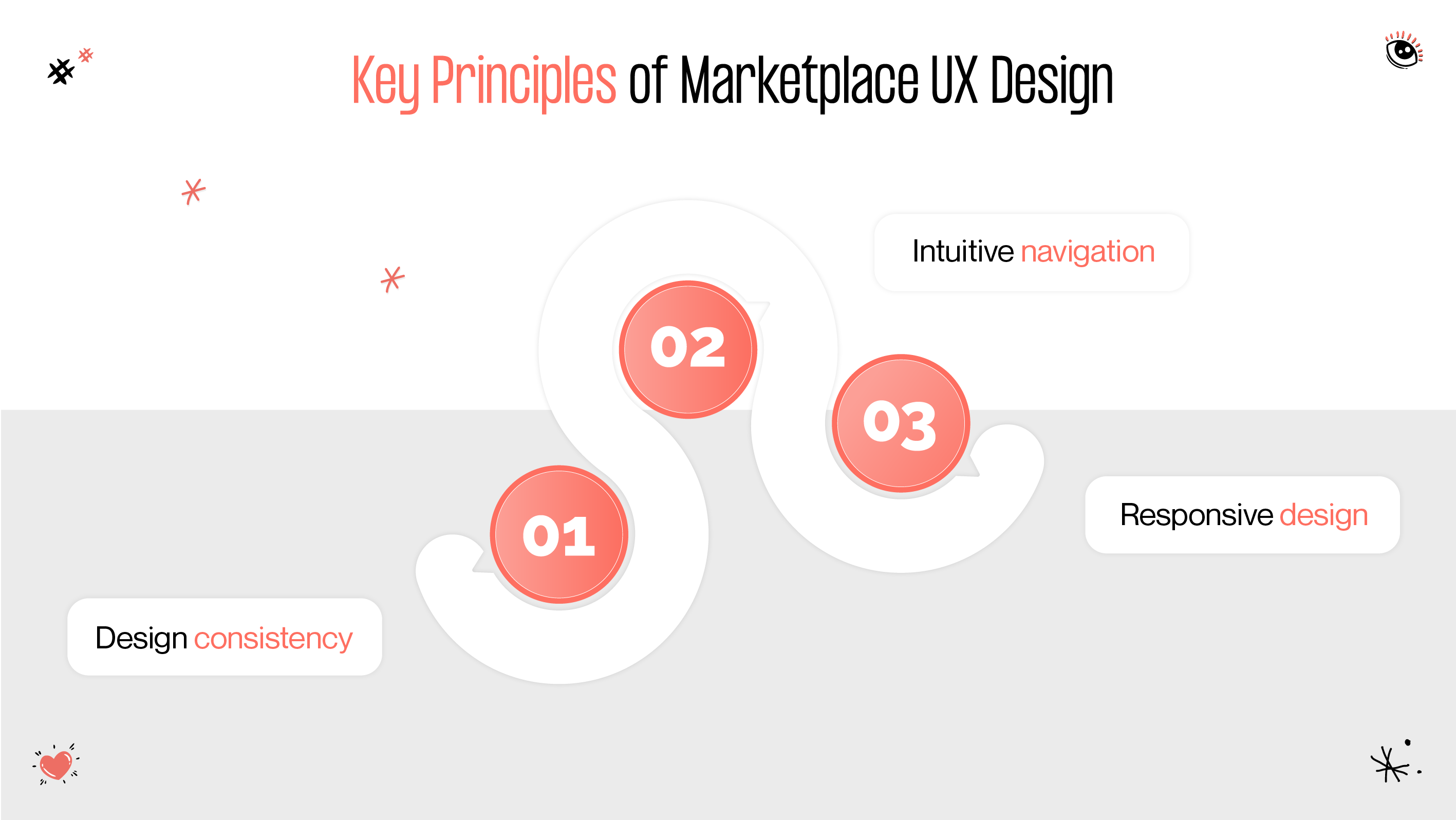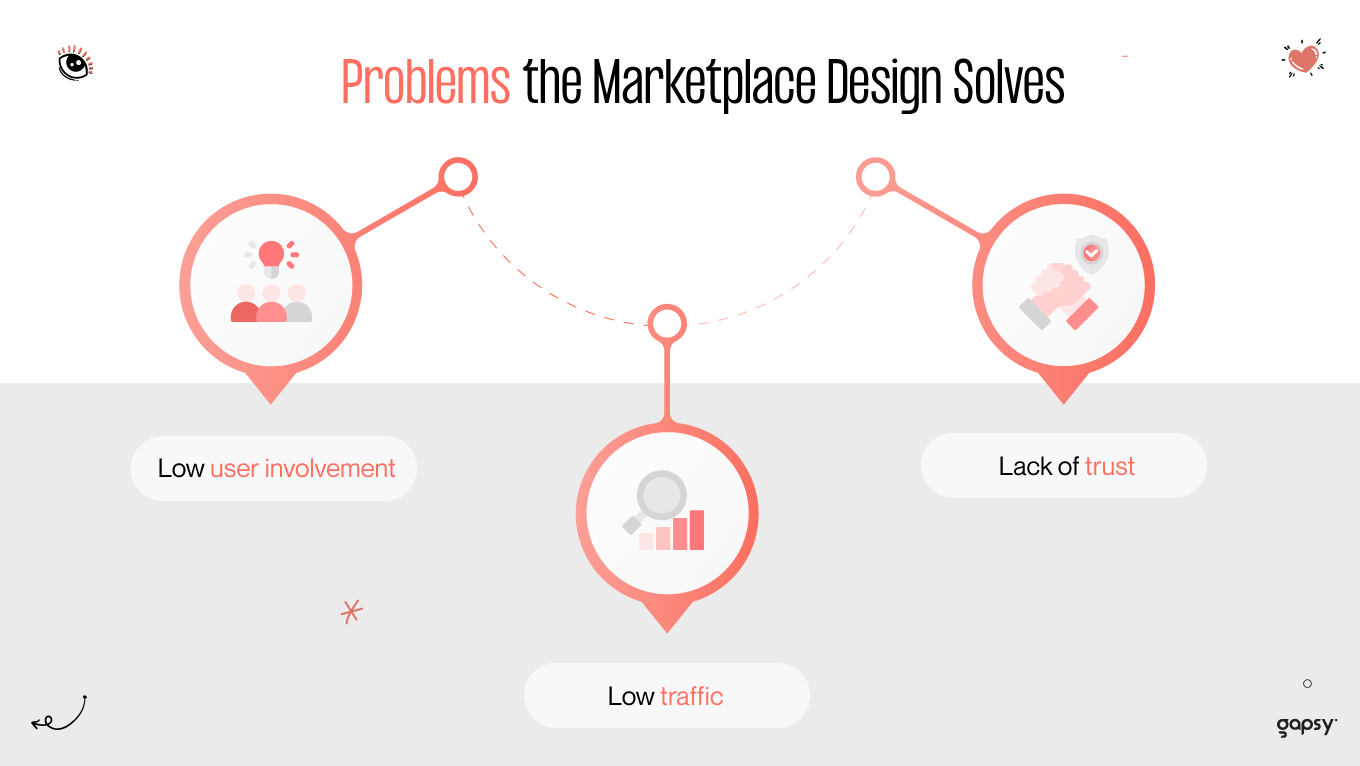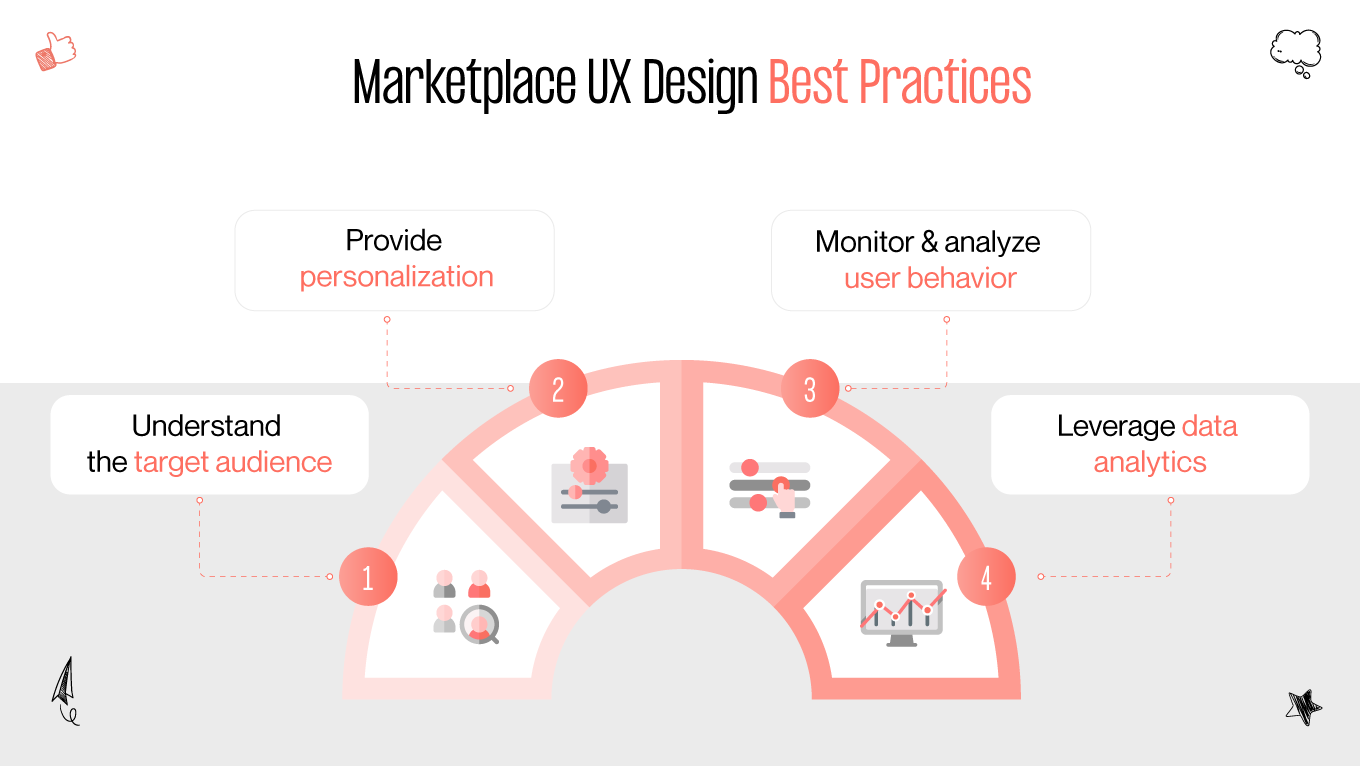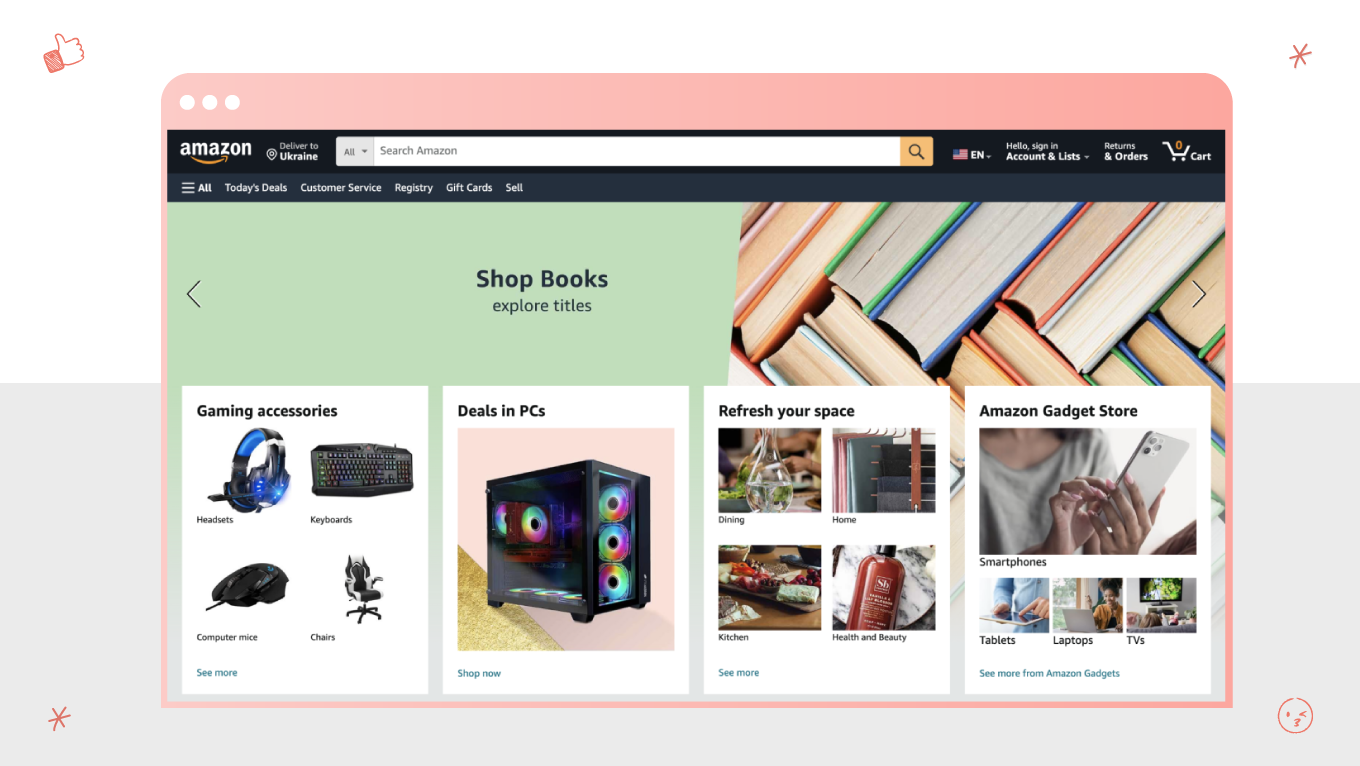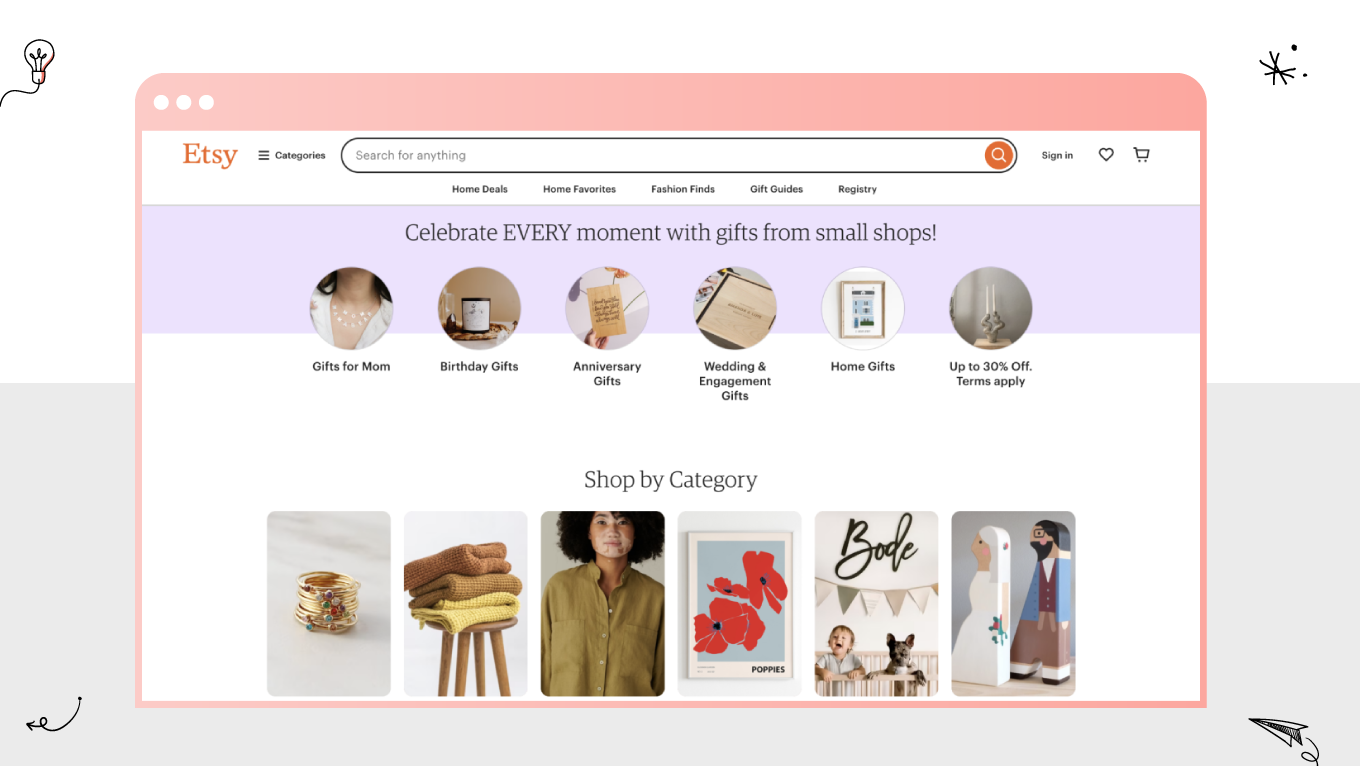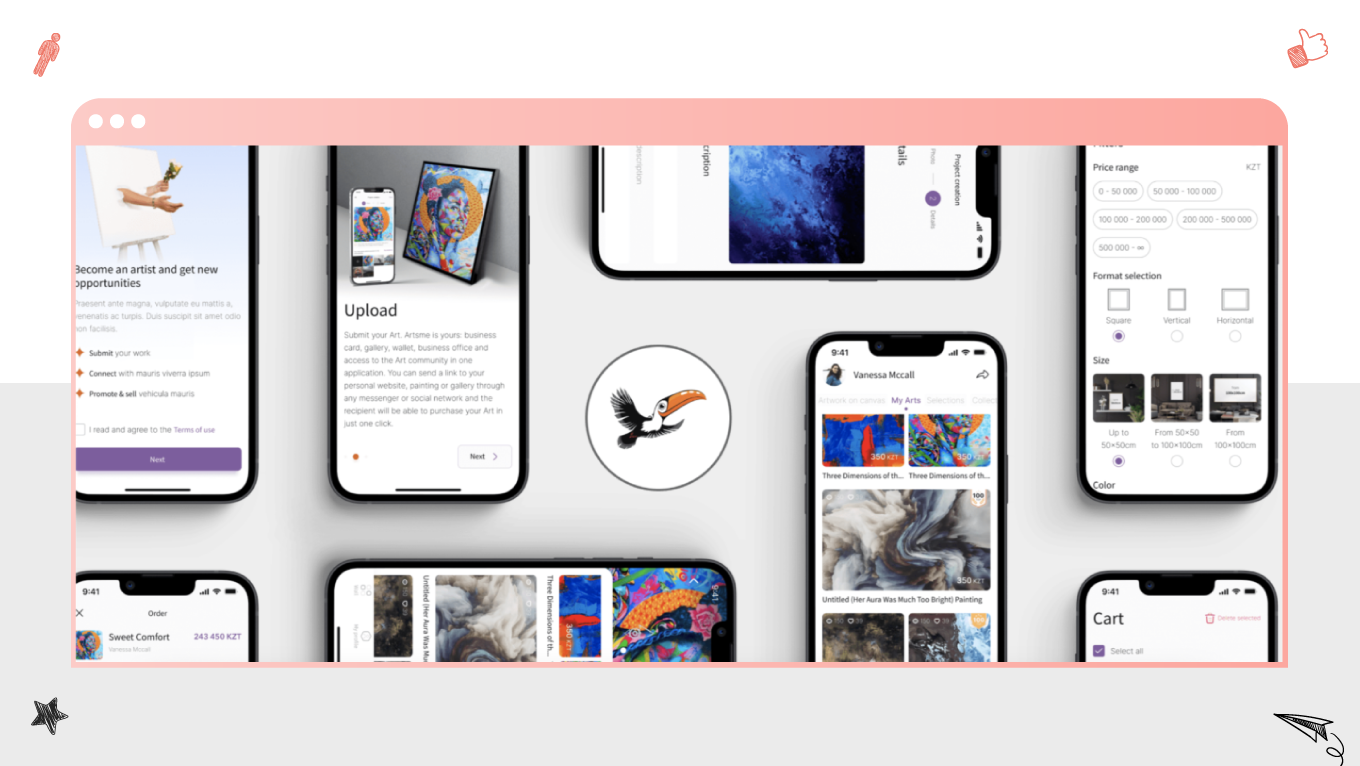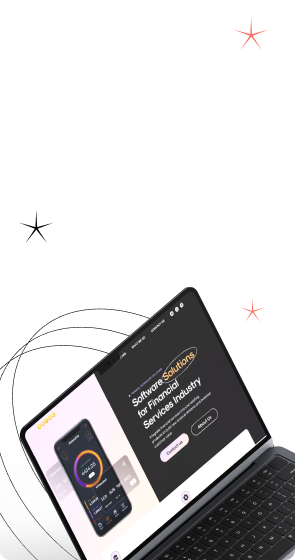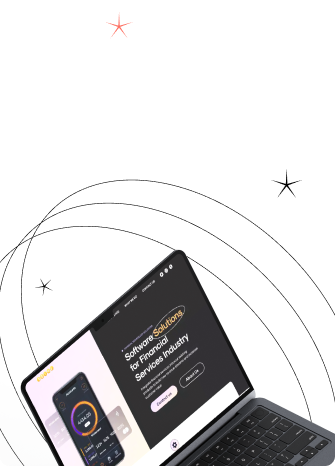Navigating the digital marketplace has become an integral part of our daily lives, with consumers increasingly turning to online platforms to meet their shopping needs. As of 2024, the number of digital buyers is at 2.71 billion. A well-designed marketplace not only attracts users but also keeps them engaged, facilitates transactions, and builds trust.
In this article, we will delve into the importance of UI/UX design for marketplaces, exploring key principles, best practices, and strategies to create a compelling and user-friendly marketplace interface. Gapsy Studio is experienced in creating marketplace UI/UX. Here, we’ll share our insights, so stay tuned!



